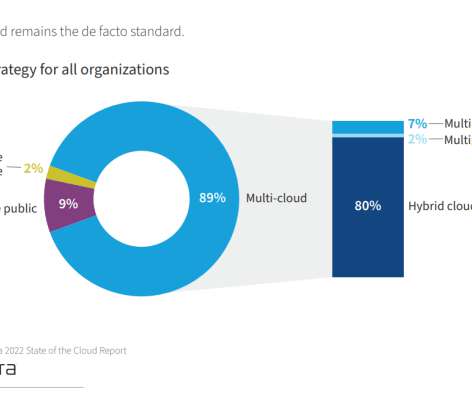A history of tech adaptation for today’s changing business needs
CIO Business Intelligence
JANUARY 17, 2024
Following this, in 2002, it began delivering its knowledge to customers in online format, using dashboards and interactive reports that provided easier and faster access to data and analysis. According to Mohammed, the results of this digital transformation journey are measurable and impressive. js and React.js.














Let's personalize your content